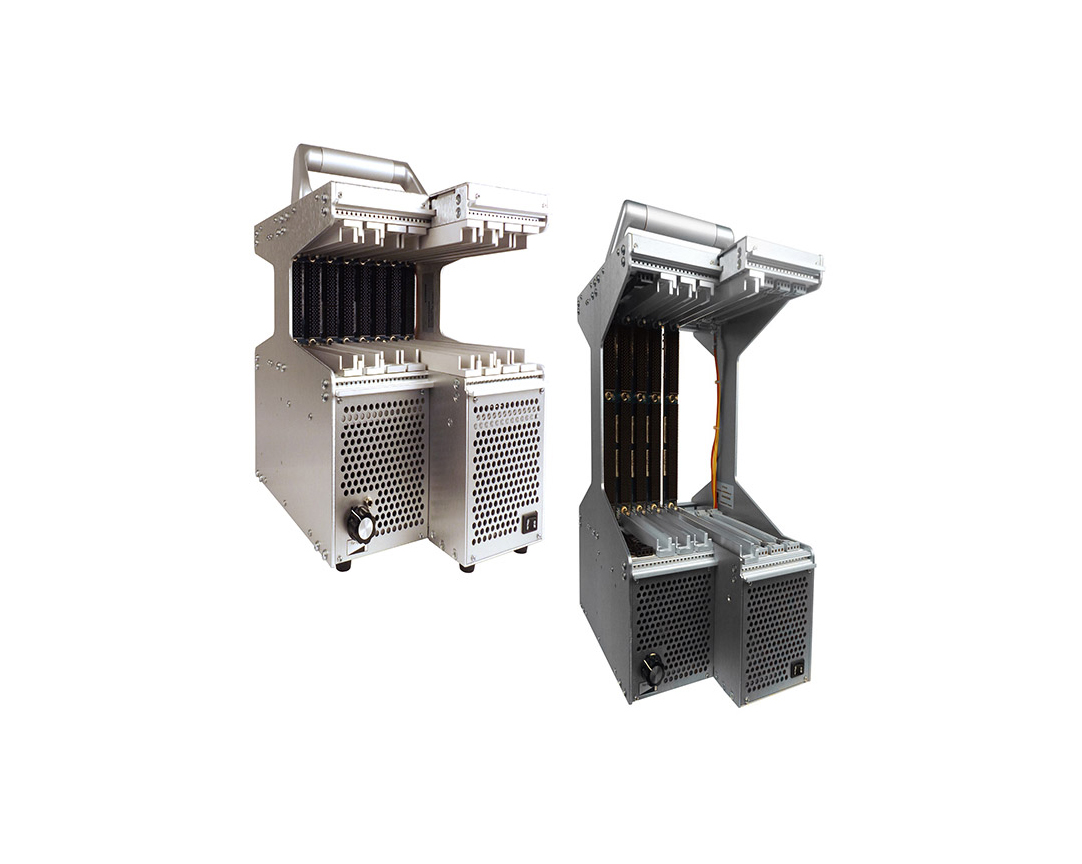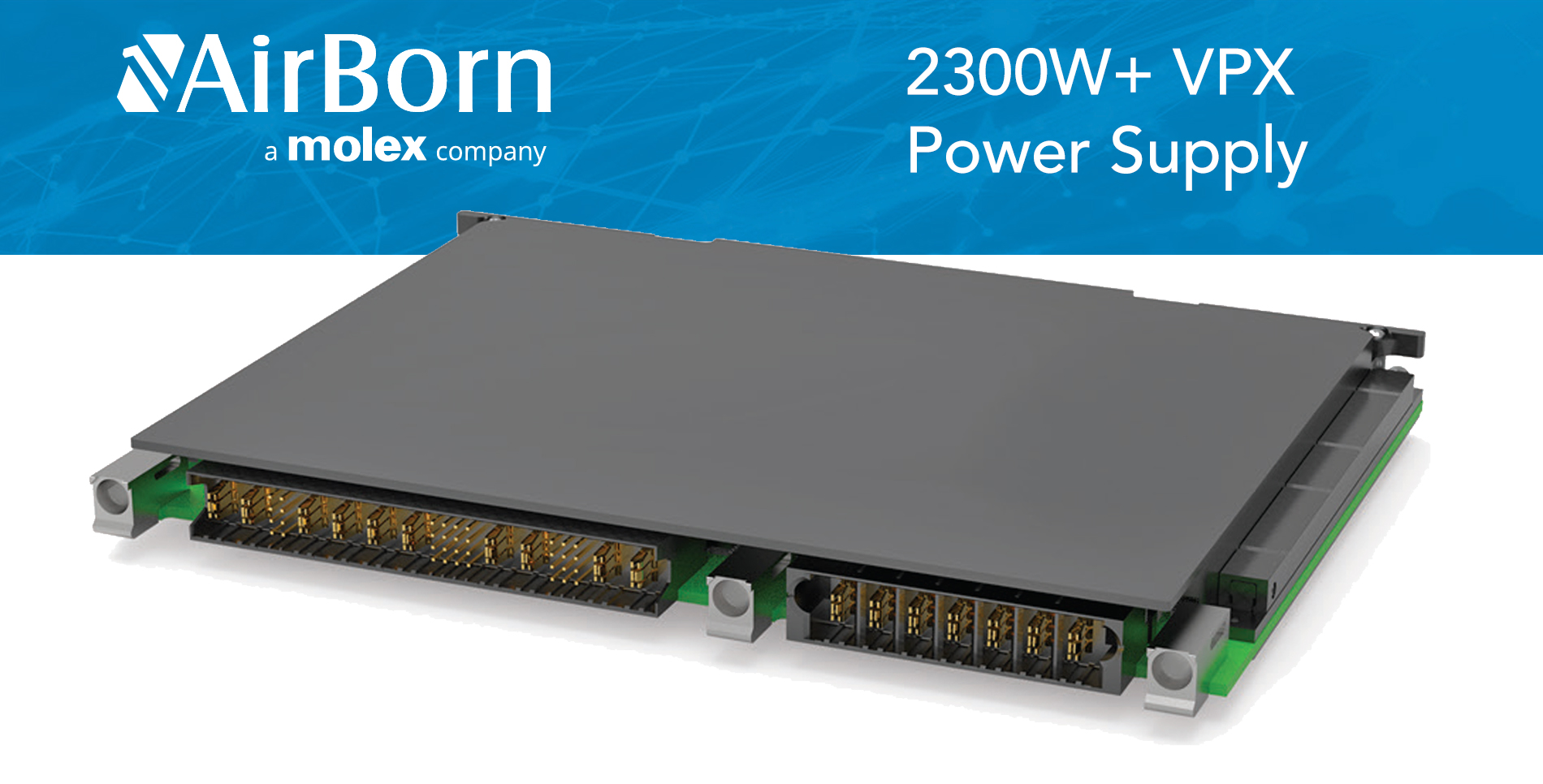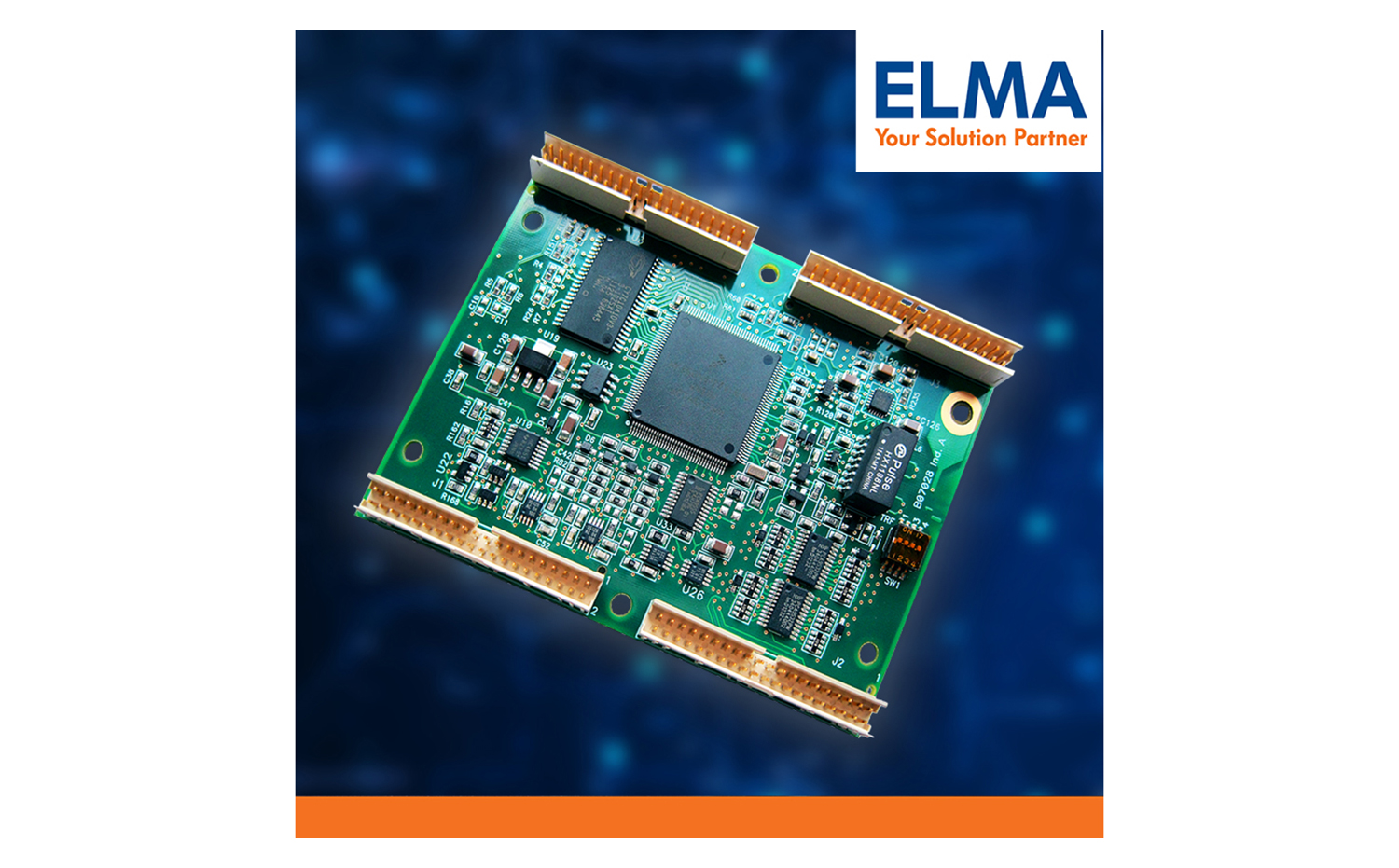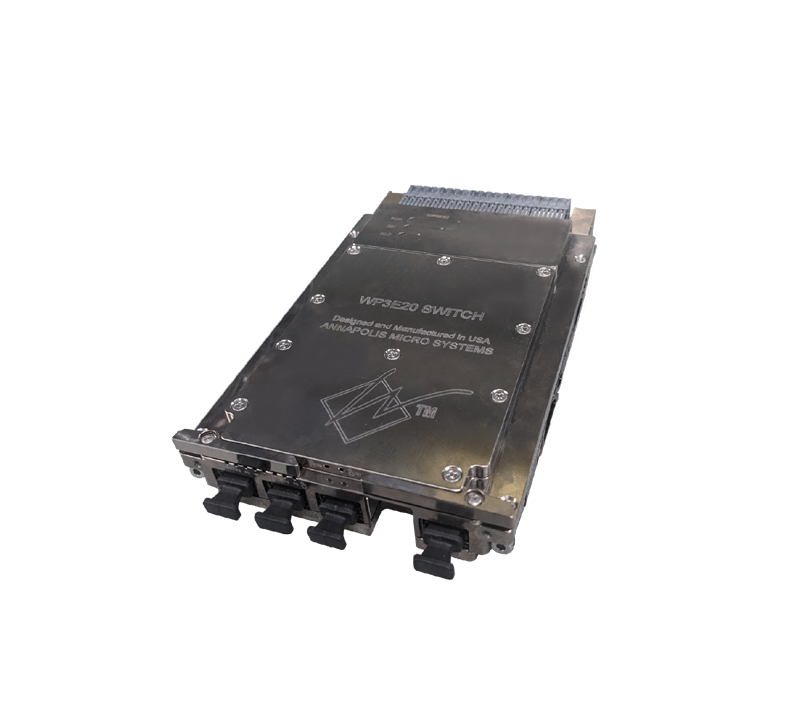SYDNEY, AUSTRALIA—Sep 12, 2005 — Altium Limited (Australia:ALU.AX), a leading developer of Windows-based electronics design software, today announced support for Lattice Semiconductor’s (NasdaqNM:LSCC) LatticeEC(TM) and LatticeECP(TM) FPGA devices as part of its recently released Service Pack 4 (SP4) for Altium Designer, the industry’s first unified application to incorporate all the technologies necessary for complete electronic product development within a single application. This support enables designers to take advantage of Altium Designer’s unified and integrated electronic product development capabilities to target the latest generation of FPGAs from Lattice for low-cost system applications.
The addition of LatticeEC/ECP devices extends the range of device vendors supported by the Altium Designer system. Altium Designer’s device- and vendor-independent environment allows developers to easily retarget FPGA-based designs to any supported device and delay final device selection until much later in the design process than was otherwise possible, making it a truly vendor independent design solution.
The Lattice devices join the wide array of Altera, Xilinx and Actel FPGAs and CPLDs already supported by Altium, strengthening the company’s FPGA vendor-independent position. Altium’s support for LatticeEC/ECP devices also enhances the ability of engineers to develop an extensive range of devices using the same programmable design platform.
“To stimulate the use of programmable devices in mainstream design applications, engineers must be armed with a device- and FPGA vendor-independent design solution,” said Nick Martin, Founder and CEO, Altium. “Altium Designer is this solution, and now with the addition of support for Lattice FPGA devices, we are providing greater choice and enhancing the design versatility for our customers.”
Tim Schnettler, Director of Design Tools Marketing for Lattice Semiconductor, commented, “Our LatticeEC and LatticeECP architectures provide an extremely economical solution for system development and offer high performance at low cost. Partnering these devices with the Altium Designer system gives engineers a powerful and efficient platform for FPGA-based, system-level design. We are very pleased that Altium has moved quickly to bring LatticeEC/ECP device support to its products.”
Upcoming daughter boards
In addition to the Lattice device support within Altium Designer, a range of LatticeEC/ECP-equipped daughter boards which plug into Altium’s FPGA-based development platform, the NanoBoard-NB1, will be available later in the year allowing a full interactive system development with LatticeEC/ECP devices.
The first of the upcoming LatticeEC/ECP daughter boards will incorporate a LFEC20E-4F484C FPGA. This device includes 424K bits of embedded RAM, 19.2 K LUT4s, four phase-locked loops (PLLs), support for DDR memory, and a range of I/O standards. In addition, the daughter board includes 16M x 32-bit of SDRAM sharing address and data buses with 256K x 32-bit of SRAM, as well as two independent 256K x 16-bit SRAMS that can be configured in a variety of ways in the FPGA.
The new daughter board will plug into Altium’s NanoBoard-NB1, which interfaces to Altium Designer and allows the interactive development of complete embedded systems, including processor-based designs, on an FPGA platform. Altium Designer’s interactive development methodology, called LiveDesign, enables real-time communication with active devices in the circuit, such as processor cores and virtual instruments, that are running inside the target FPGA. The NanoBoard and target daughter boards act as a nano-level breadboard that allows ‘live’ development and interactive debugging of both hardware and software without the need for simulation at system level.
With the release of Service Pack 4, announced in June 2005, Altium provides full design support for the LatticeEC/ECP FPGA device family in its Altium Designer system. The FPGA-based components supplied with Altium Designer, including its range of processor cores and peripheral devices, have been pre-synthesized and pre-verified to support all target devices, including LatticeEC/ECP FPGAs.
Pricing and availability
LatticeEC/ECP device support is available immediately as part of SP4 for Altium Designer. SP4 is available free to all Altium customers with an Altium Designer 2004 license.
Altium’s LatticeEC/ECP daughter board will be available later this year. Altium’s NanoBoard-NB1 is priced at US$995 and is currently delivered with two daughter boards, including Altera’s Cyclone(TM) and Xilinx’s Spartan(TM)-IIE. For more information, visit www.altium.com/products/nanoboardnb1/.
For more information on Altium Designer, visit www.altium.com/Products/AltiumDesigner/. For pricing, please contact your local Altium Sales and Support Center or Reseller, or visit www.altium.com/Contacts/SalesOfficesResellers/.
About Lattice Semiconductor
Lattice Semiconductor Corporation provides the industry’s broadest range of Field Programmable Gate Arrays (FPGA) and Programmable Logic Devices (PLD), including Field Programmable System Chips (FPSC), Complex Programmable Logic Devices (CPLD), Programmable Mixed-Signal Products (ispPAC®) and Programmable Digital Interconnect Devices (ispGDX®). Lattice also offers industry leading SERDES products.
Lattice is “Bringing the Best Together” with comprehensive solutions for system design, including an unequaled portfolio of non-volatile programmable devices that deliver instant-on operation, security and “single chip solution” space savings.
Lattice products are sold worldwide through an extensive network of independent sales representatives and distributors, primarily to OEM customers in communications, computing, industrial, consumer, automotive, medical and military end markets. Company headquarters are located at 5555 NE Moore Court, Hillsboro, Oregon 97124-6421, USA; telephone 503-268-8000, fax 503-268-8037. For more information about Lattice Semiconductor Corporation, visit www.latticesemi.com
About Altium Limited
Altium Limited (Australia:ALU.AX) is a global developer and supplier of electronics design software for the Microsoft Windows environment. Founded in 1985, Altium released the world’s first Microsoft Windows-based printed circuit board design tool in 1991, and continues to provide advanced, easy-to-use and affordable software design tools for complete electronic product development to electronics engineers, designers, and developers worldwide. Altium’s products offer tailored solutions covering a range of hardware and software design processes and include Altium Designer (which includes Unified Nexar/Protel, Nexar, Protel, nVisage, CAMtastic, CircuitStudio and Viewing Edition licensing options) plus P-CAD and TASKING brands.
Altium is headquartered in Sydney, Australia, with sales and support offices in Australia, the United States, Japan, China and Europe — as well as maintaining a large reseller network in all other major markets. Prior to August 6, 2001, Altium Limited traded as Protel International Limited (Australia:PRI.AX).






